Description
In the greenroom; danseuses playing with ‘osselets’ by Pierre Carrier-Belleuse printed on a T-Shirt
About the T-Shirt
Regular fit
Standard length, the fabric easily gives into movement
Casual wear
A classic, everyday option loved by our customers
Side-seamed
Constructed by sewing two parts together, creating a fitted look
The Unisex Staple T-Shirt feels soft and light with just the right amount of stretch. It’s comfortable and flattering for all. We can’t compliment this shirt enough–it’s one of our crowd favorites, and it’s sure to be your next favorite too!
- Solid colors are 100% Airlume combed and ring-spun cotton
- Ash color is 99% combed and ring-spun cotton, 1% polyester
- Heather colors are 52% combed and ring-spun cotton, 48% polyester
- Athletic and Black Heather are 90% combed and ring-spun cotton, 10% polyester
- Heather Prism colors are 99% combed and ring-spun cotton, 1% polyester
- Fabric weight: 4.2 oz./yd.² (142 g/m²)
- Pre-shrunk fabric
- 30 singles
- Side-seamed construction
- Tear-away label
- Shoulder-to-shoulder taping
- Blank product sourced from Nicaragua, Mexico, Honduras, or the US
Pierre Carrier-Belleuse (1851 – 1932)
Pierre-Gérard Carrier-Belleuse was a French painter.
His first studies were with his father, the sculptor Albert-Ernest Carrier-Belleuse. Later he studied with Alexandre Cabanel and Pierre Victor Galland at the École des Beaux-Arts.
He exhibited at the Salon in 1875 and won a silver medal at the Exposition Universelle (1889). He also produced drawings and lithographs for Le Figaro Illustré.
Best known for his ballet scenes and pastels, he also did landscapes, portraits and genre works. Most of his paintings are in private collections.
Between 1914 and 1916, he and Auguste François-Marie Gorguet [fr] proposed, planned and supervised the creation of the Panthéon de la Guerre, which was the world’s largest painting (45 ft. high and 402 ft. in circumference) containing almost 5,000 portraits of notable French and Allied wartime figures, mostly sketched from life. Twenty artists played a major role in its production, although many more made contributions. It was exhibited in a specially constructed display building (which was demolished in 1960) next to the Hôtel des Invalides. Later, it made its way to the United States, and reconfigured portions of it may now be seen in the National World War I Museum at the Liberty Memorial in Kansas City. It was his second such work, following the much smaller Panorama de Notre-Dame de Lourdes from 1881.
The painter Louis-Robert Carrier-Belleuse was Carrier-Belleuse’s brother.

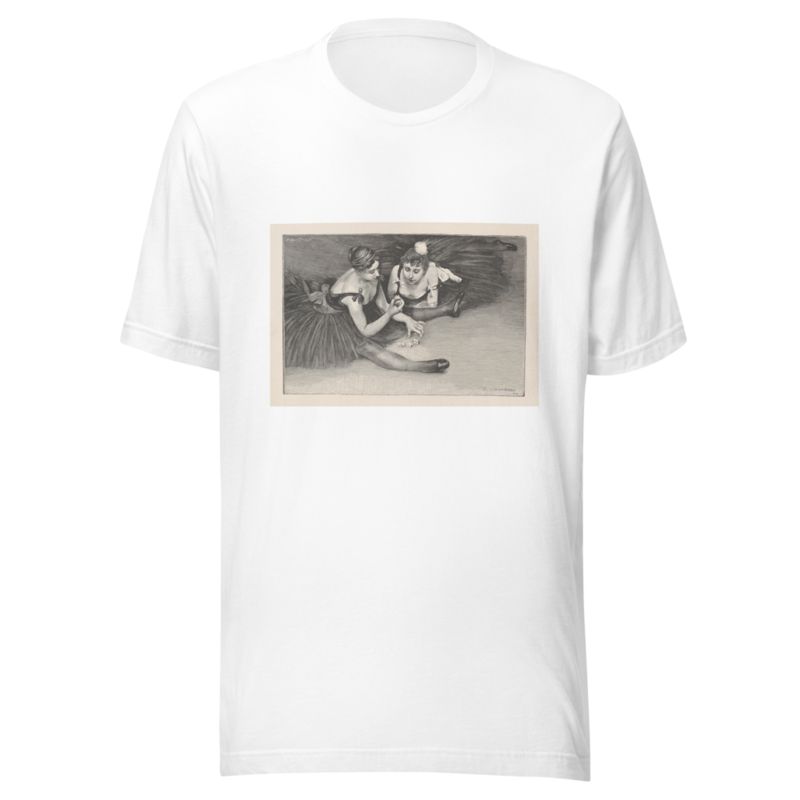
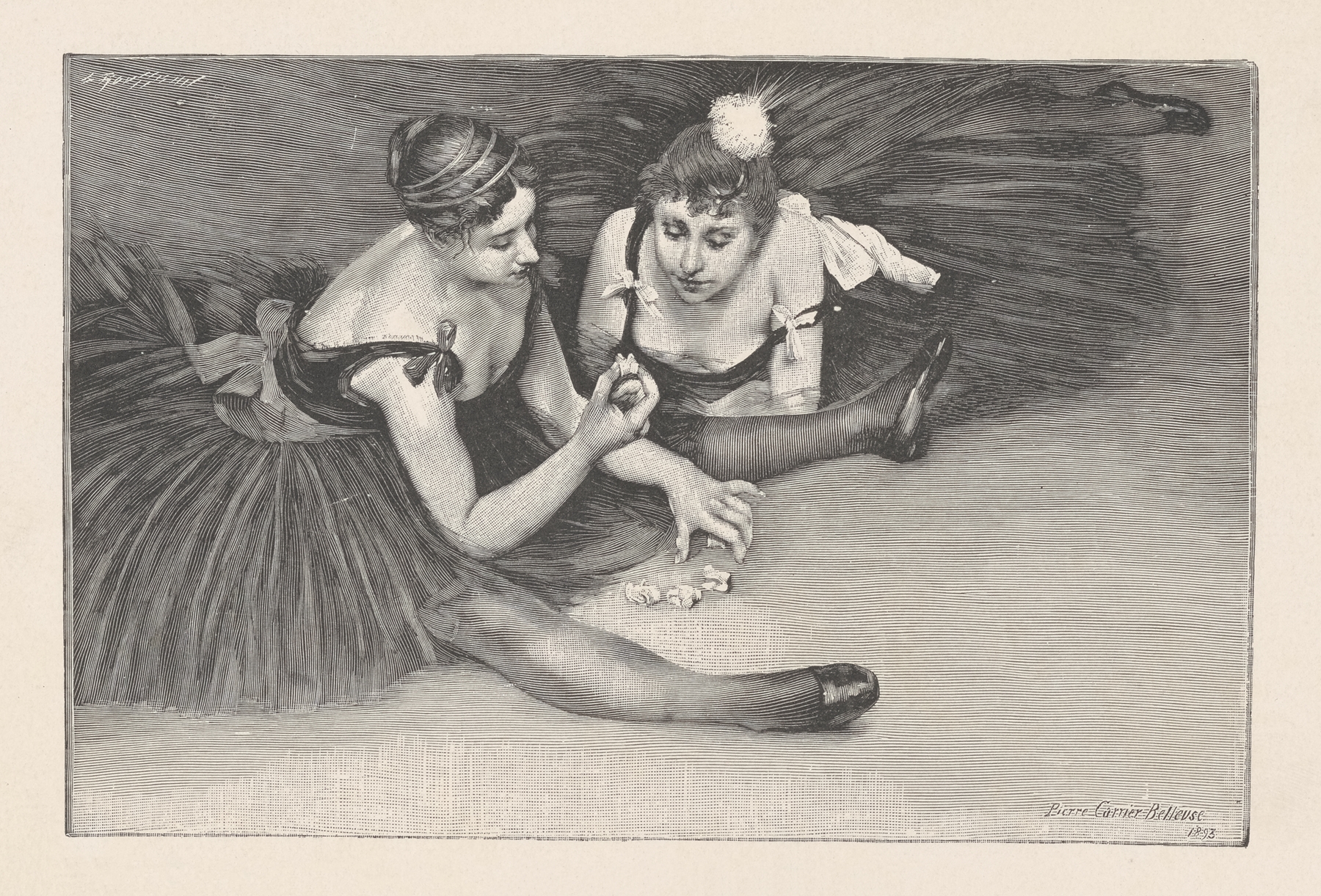
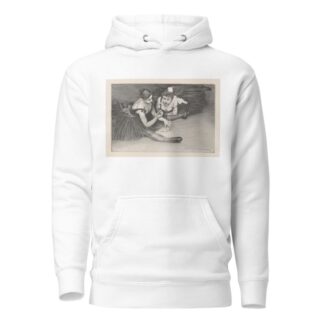
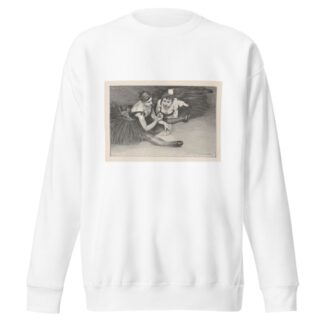
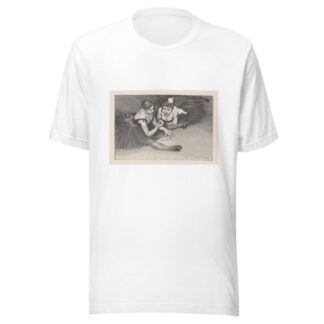
Reviews
There are no reviews yet.